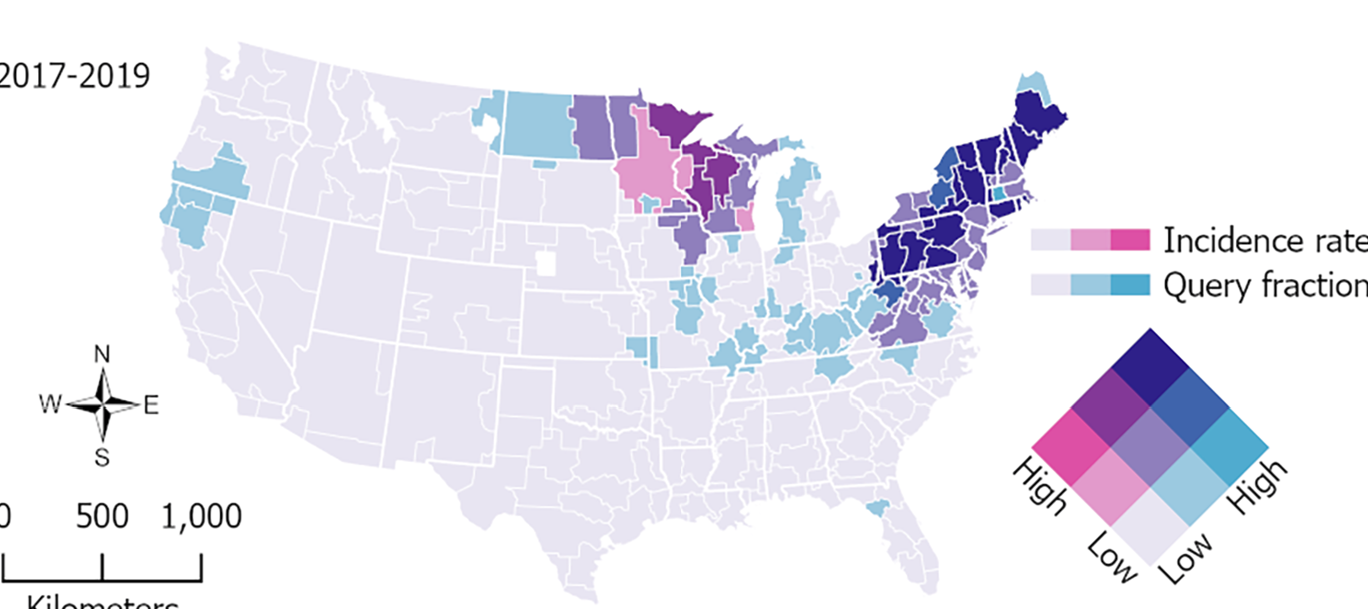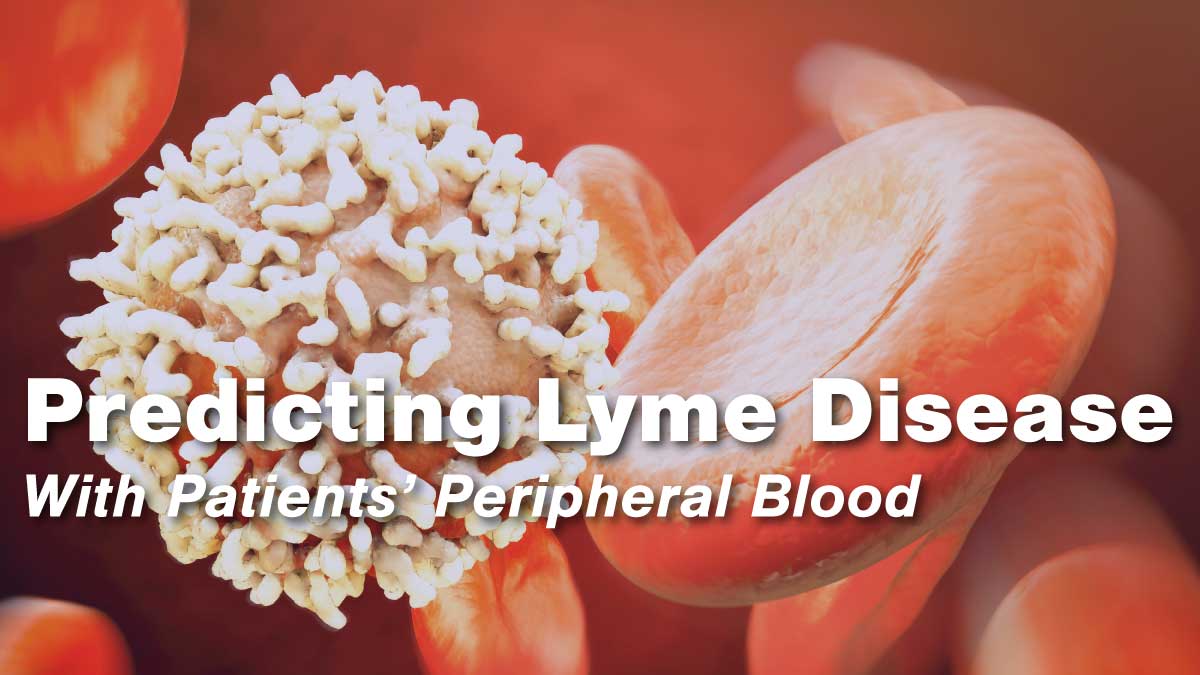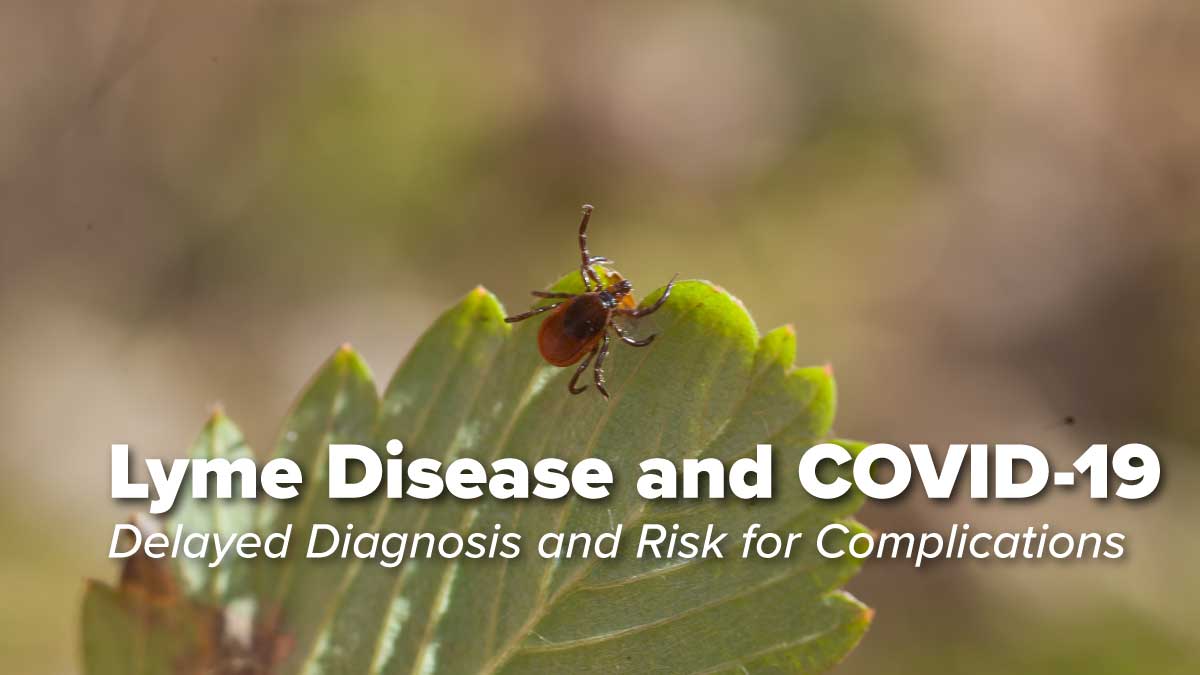
Summary Lyme disease is expanding geographically in the US. Johns Hopkins researchers utilized Google Health Trends data to analyze internet Lyme disease searches to identify geographic patterns over time to […]

This study uses total RNA-sequencing of Lyme disease patients’ peripheral blood mononuclear cells. Using novel data analysis approaches, three unique groups of Lyme disease patients were identified, each with characteristic clinical and immunological features. Data from healthy controls and COVID-19 patients were included. Using machine learning classifiers, the study shows that Lyme patients can be distinguished from healthy controls as well as from COVID-19 patients.

This report presents a Lyme disease case that was initially misdiagnosed in the spring of 2020 resulting in disseminated infection and sixth nerve palsy and highlights new challenges facing healthcare delivery in the era of COVID-19. The objective of this report is to describe the obstacles for diagnosticians during the pandemic and also to discuss the potential beneficial application of telemedicine in the early diagnosis of Lyme disease during the COVID-19 era as well as in the future.